[Click on BLUE links for sources and information]
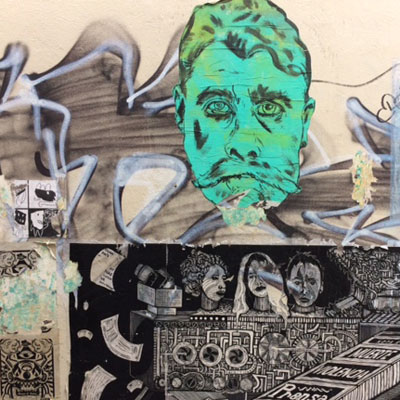
Oaxacan street poster
43 students disappeared from Ayotnizapa College in Iguala, Mexico on September 26, 2014. To date the case has not been solved. In June of this year an investigative commission for truth and justice was authorized to get to the bottom of this horrible event. However, opposed at every turn by the Mexican government, the commission has been stymied.
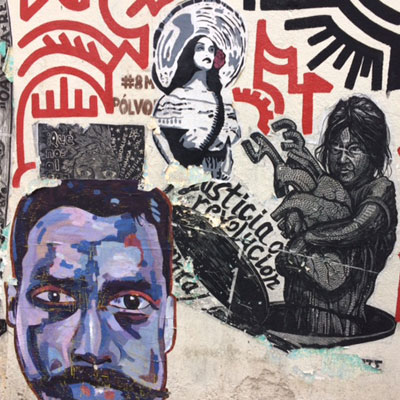
Oaxacan street poster, 2018
According to investigators, police in Iguala attacked the students after they “commandeered” buses to transport them to a rally in Mexico City the next day – an annual tradition which had in the past been tolerated by authorities … Six people, three of them students, were killed in the attack … The Mexican government says that the case has been solved, but its assessment has been challenged by the students’ families, human rights organizations and independent investigators … Corrupt members of the local police, said Karam, had handed the students over to a drug cartel, who killed them, burned their bodies at a dump in Cocula, and dumped their remains in a river … In total, more than 80 suspects, including 44 police officers, have been arrested in relation to the forced disappearances. There have been no convictions in the case. Aljazeera
Many arrests have been made in the case, but only the remains of one student have ever been found. To make matters worse, authorities stand accused of coercing confessions out of some of those they arrested. National Post
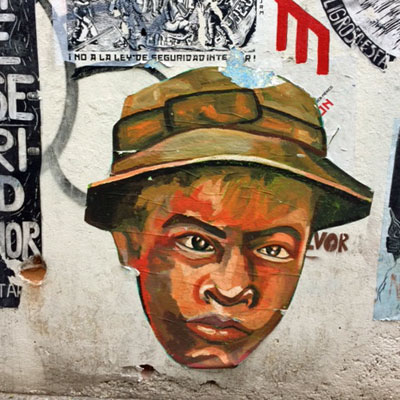
Oaxacan street poster, 2018
Shortly after the massacre, wheatpaste posters of outrage began appearing on the streets of Oaxaca. Oaxaca, in southern Mexico, is far from Iguala but Oaxaca city has a history of protesting the political crimes that have sadly plagued Mexico. I’ve witnessed marches and clashes with the police for several years while in Oaxaca on October 2, the anniversary of the Tlatelolco massacre. That horrific event occurred in 1968. It took until 2011 for October 2 to be declared a national day of mourning in Mexico.
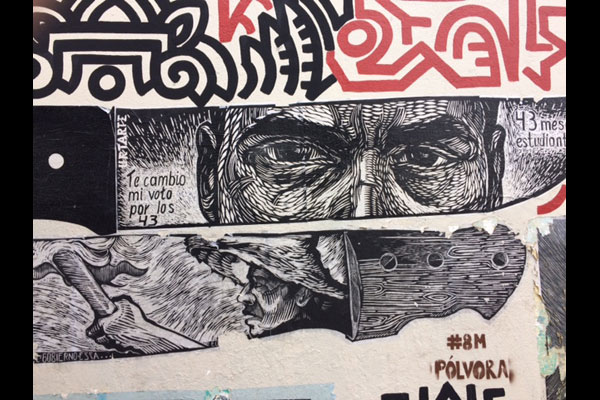
Oaxacan street poster
The journalist and author Elena Poniatowska’s Massacre in Mexico is a detailed account of the police violence unleashed on student protesters. Author Roberto Bolaño mentions the massacre in The Savage Dectectives. Scenes and stories from the events leading to or from October 2 have become themes for more than 23 books and novels.
Returning to Oaxaca for yet another year the beauty, the art and most of all the colors accost me with their magic. But the posters remain. Will the hopes for change and resolution that accompany the new President, Andrés Manuel López Obrador, into office be in any way fulfilled during his six-year term? Like many I speak with here, I hope, but I have my doubts.
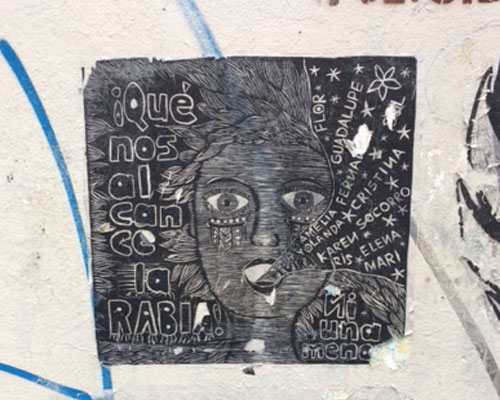
Oaxacan street poster, 2018
The injustices are many, not only in Mexico but everywhere if you look with open eyes. Though not on the same level, we Americans had our student massacres shortly after Tlateloco in 1970 at Kent State and Jackson State. Tommie Smith and Juan Carlos held their fists in the air just 14 days after Tlateloco. Colin Kaepernick still protests for the same reasons.
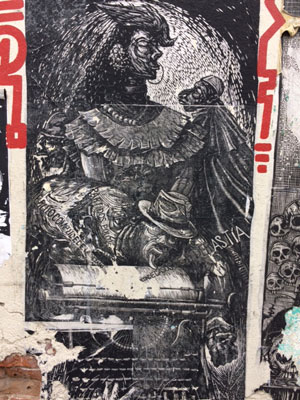
Oaxacan street poster, 2018
Humiliating protesters and in some cases massacring them have been used since the beginning of time to keep the common folk in line. The protests continue and the posters remain relevant.
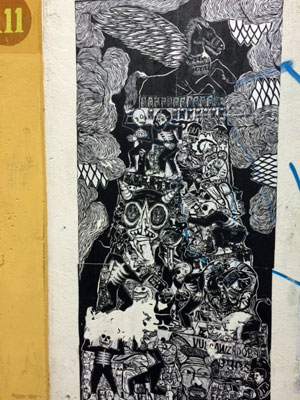
Oaxacan street poster, 2018
“Rights not asked for are taken” are the words on the poster at the top of this post. Well said. But it’s also true that “many are called but few are chosen.” We need a few more of the latter to lead us through the dark times that inevitably come.
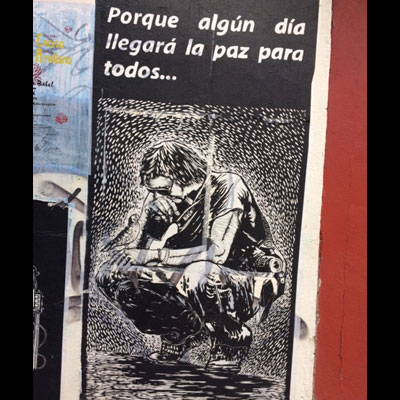
Oaxacan street poster, 2018

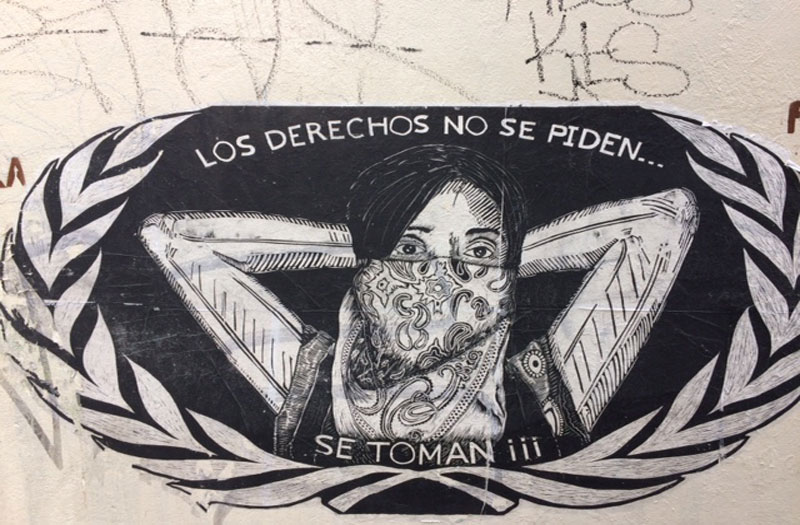
Stupid article. Could use a lot more background information to have any chance of understanding the situation. “Harmlessly commandeer a bus” and go toodling down the highway. Next thing you know, they disappear forever. If this was journalism there would be an exposure of who what why but it is not so we are clueless. Who are the players? How many factions? Who runs the cops? More than one cartel trying to control the area? What are the issues in detail? What is the dynamic of the conflict?
No, it isn’t journalism. Just a few random thoughts. You’ll find the journalism at the links.
Get to work on that article, Breen. It’s obviously waiting for you to write it.
Fantastic posters, David. Too bad “Breen” has a dead eye.
Regarding aesthetic judgements, to each his own, although I make my living as a designer-maker and have been on the cover of California Home and Design. You?
No name calling on my site. Go to Twitter for that.
So no name calling on your site. But what is this “Trompudo” “mad king” mocking stuff I see going on then? And what about those “40%” deplorable voters who need, according to you, to use “tin foil toilet paper” so they “can see themselves.”???? Project much? Obviously you are the one who is full of shit.
So you and Elenor and any cartoonists you select get to do all the insulting here. Anybody else who tries to respond gets censored out. You really don’t like free speech do you? You really don’t like it when people actually “Think” in the morning and call you on your BS do you?
Breen a.k.a. Brian Kennedy: you’re off your nut. Do you wear your MAGA hat at KKK rallies, or just in the basement that your mom rents to you for cheap?
I make my living selling the Mortech Model 1036-13 Flush Embalming Station, and have been on the cover of Casket and Sunnyside!
Sounds kinda creepy but you go girl!
The 1036-13 is lightweight, portable and self-cleaning. Great for the door-to-door entrepreneur with a nerve and a knack.
No censoring Breen. Call me out on my BS any time you want. I like that you read my site so closely. It shows your excellent taste.
Wow, This is the real America, we all have the right to bitch,, the original Boston Tea party got us free speech, only now to be censored, . We all have the right to bitch
. I’m pleased have my cartoons slur an idiot, the bubble of now will burst. BS might be Blind Sycophants